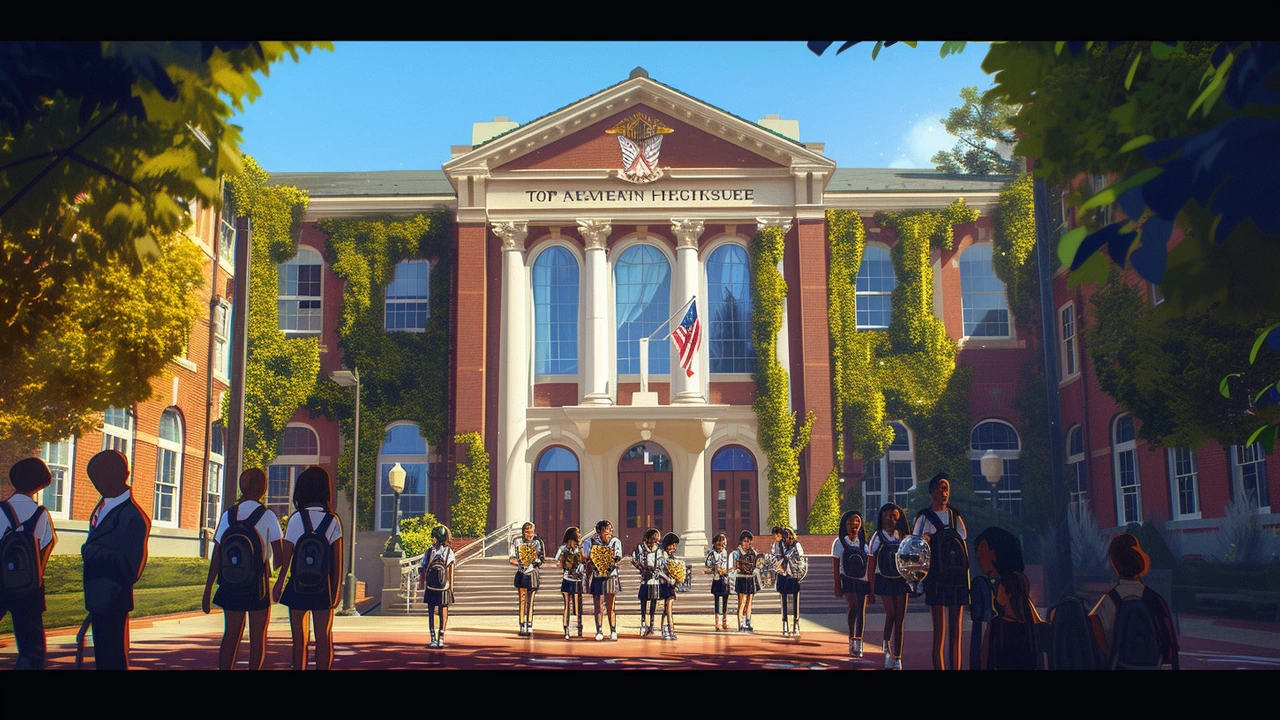High School Rankings: What Actually Matters?
Everyone’s heard the hype around high school rankings. There are lists everywhere claiming to show the “best” schools—but what does that really mean for you or your teen? Honestly, the biggest headlines rarely dig into what actually helps students succeed or feel happy at school. So how do you use these rankings without getting stuck chasing numbers?
First, it’s a myth that attending a so-called “top-ranked” high school guarantees success. The top schools on national rankings often stand out thanks to things like AP course counts, high test scores, or impressive college acceptance stats. But those numbers don’t tell the whole story about a school’s atmosphere, the happiness of its students, or what’s getting taught day-to-day.
If you ask actual students, most don’t talk about rankings at all. They mention great teachers, subjects they love, or clubs that sparked new interests. Some stories even reveal how a supposed "average" school helped a student discover their hidden strengths just because of the support and programs available there. Nobody puts that in a ranking formula—but it changes lives.
High school rankings usually focus on academics, like math and reading scores. That’s fine, but it ignores a bunch of practical stuff: How safe do students feel? Are teachers willing to help outside class? Can teens find friends or activities that matter to them? These things seriously impact stress, development, and even college success down the line.
Opinion time: The best high school is one where your student grows, feels seen, and can try new things without fear of failing. Check out school culture, the range of subjects (yep, things like STEM and the arts matter), and what grads say about their experiences. Visiting the campus, talking to real students or parents, and learning about the clubs offered are all smarter moves than just reading a ranking chart. These days, some kids feel pressure to overload on AP or honor classes to "boost" their ranking status, but studies show it's better to take a few challenging courses well than stretch too thin and get stressed out.
Surprisingly, some schools with the "hardest" classes aren't automatically the best fit. If a student feels lost, unsupported, or under constant pressure, that's a recipe for burnout—no matter what the national stats say. Plus, not every kid thrives in ultra-competitive environments. Happiness, well-being, and a healthy balance should matter just as much as test scores if you want a student to look back on high school positively.
In the real world, colleges and employers look for more than just a name on a transcript. They care about what a student learned, how they challenge themselves, and personal growth. So, focus on schools that nurture curiosity and offer the opportunities your kid—or you—will actually make use of. High school rankings might be a conversation starter, but choosing a supportive, engaging environment makes the real difference. That’s how students build confidence, skills, and memories that last long after test scores fade away.

Discover where the nation's top high schools stand and what makes them excel. Analyze key factors contributing to their success and how they measure up against each other. Gain insights into unique educational approaches and how these prestigious institutions set the bar for excellence. Whether you're a parent, student, or educator, this comprehensive look at high-ranking high schools offers a valuable perspective on the upper echelon of secondary education.
- Read More